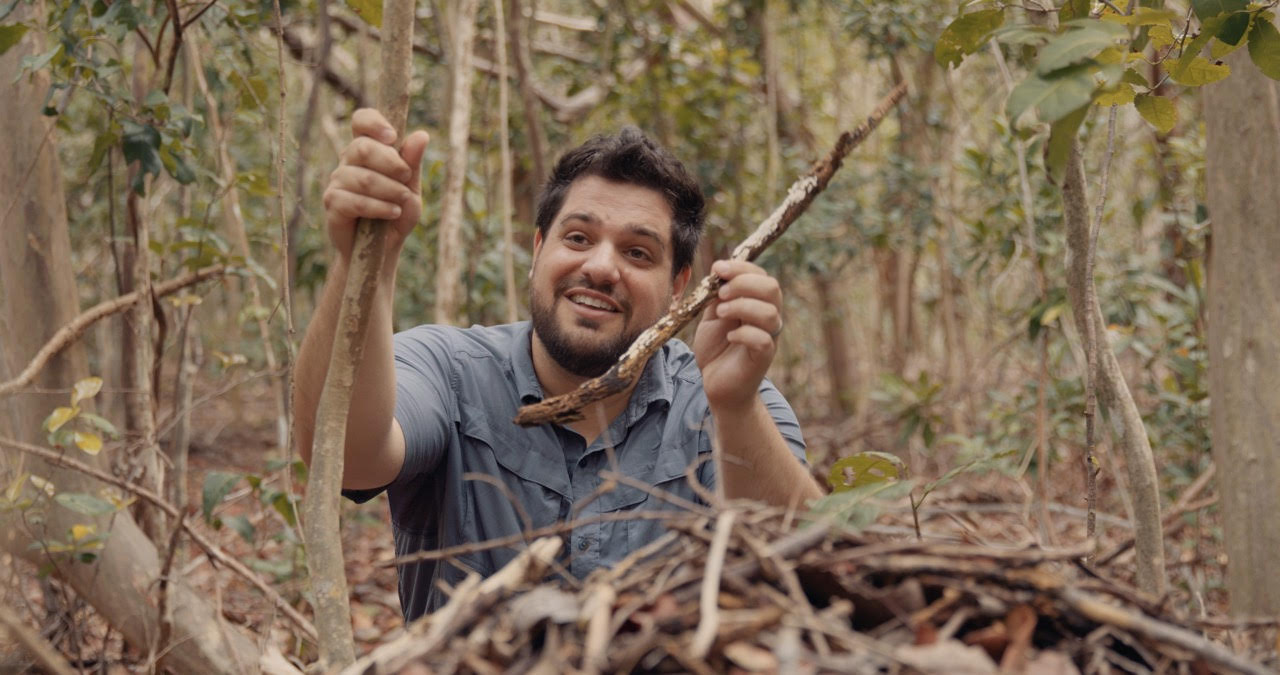
February 10, 2021
4-5pm
Hosted By Dr. Bryan McLean
Rodents make up the most diverse group of extant mammals and play a variety of important roles in food webs, seed dispersal, and other ecosystem functions. Yet, we still know relatively little about the natural history and biology of some of the most iconic and endangered species. The Key Largo woodrat (Neotoma floridana smalli) is an endangered Florida endemic species that exhibited drastic declines, signified by the loss of natural stick-nests, over the past several decades due to habitat loss and effects from exotic predators. In an effort to better understand their population dynamics, natural history, and ecosystem function, we conducted long-term camera trap and live-trapping surveys of woodrats across their last remaining habitat. We further assessed how woodrat distribution and stick-nest building behavior changed over a period of exotic predator (domestic cats [Felis catus] and Burmese pythons [Python bivittatus]) removal to inform future adaptive management. The probabilities of supplemental nest use and stick-nest building behavior increased over time following a gradient away from the northern extent of Key Largo, an area associated with high cat activity and the only sites of python captures during the surveys. Woodrats that built stick-nests were more detectable than those that did not, which suggests that stick-nest building makes woodrats more susceptible to predation from novel predators when performing the behavior. These effects could have ecosystem-wide consequences because woodrats create micro-biodiversity hotspots for other fauna and unique bacterial assemblages in their nests. While we showcased the effectiveness of an adaptive management plan to increase the distribution of woodrats using supplemental nests and their building of stick-nests, the conservation status of these endangered rodents requires increasingly intensive management due to the cryptic occurrence of pythons on the landscape that has rapidly halted conservation progress. These insights can help inform future endangered species and invasive species management more broadly in the southeastern US.